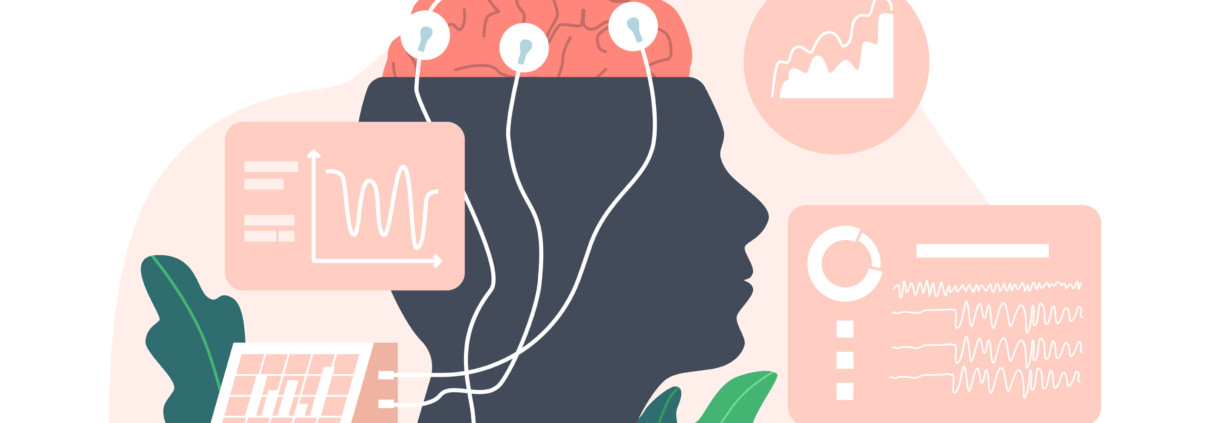Veterans face a range of mental health challenges that can significantly impact their quality of life. The transition from military to civilian life often comes with unique stressors, including trauma from combat, reintegration into society, and navigating healthcare systems. Understanding the mental health needs of veterans is essential for providing effective support and care. Here, we explore the common mental health issues faced by veterans, the barriers they encounter in seeking help, and the resources available for support.
Common Mental Health Challenges
1. Post-Traumatic Stress Disorder (PTSD):
– Many veterans experience PTSD due to exposure to combat or life-threatening situations. Symptoms include flashbacks, nightmares, severe anxiety, and uncontrollable thoughts about the traumatic event.
2. Depression:
– Veterans may struggle with depression, which can be exacerbated by isolation, unemployment, or physical injuries sustained during service. Symptoms can include persistent sadness, loss of interest in activities, and difficulties in functioning.
3. Anxiety Disorders:
– Anxiety is prevalent among veterans, often manifesting as generalized anxiety disorder, panic disorder, or social anxiety. These conditions can stem from the stress of military service or difficulty adjusting to civilian life.
4. Substance Use Disorders:
– Some veterans may turn to alcohol or drugs as a coping mechanism for their mental health challenges. Substance use can lead to a cycle of dependency and exacerbate existing mental health issues.
5. Traumatic Brain Injury (TBI):
– Veterans, particularly those who have been in combat, are at risk for TBI, which can result in cognitive impairments, mood changes, and increased susceptibility to mental health disorders.
Barriers to Seeking Help
1. Stigma:
– There is often a stigma associated with mental health issues in the military community. Many veterans may fear being perceived as weak or unfit for duty, which can prevent them from seeking help.
2. Lack of Awareness:
– Some veterans may not recognize their symptoms as mental health issues or may be unaware of the resources available to them.
3. Access to Care:
– Geographic barriers, long wait times for appointments, and challenges navigating the Department of Veterans Affairs (VA) healthcare system can deter veterans from seeking the care they need.
4. Cultural Factors:
– Military culture often emphasizes resilience and self-reliance, which can lead veterans to avoid discussing their mental health struggles.
Resources and Support
1. Veterans Affairs (VA) Services:
– The VA provides a range of mental health services, including counseling, therapy, and medication management. Veterans can access these services through VA medical centers and community-based outpatient clinics.
2. Veterans Crisis Line:
– The Veterans Crisis Line (1-800-273-8255) is a confidential support service available 24/7 for veterans in crisis. It offers immediate assistance and connects veterans with trained counselors.
3. Support Groups:
– Many organizations offer peer support groups where veterans can share their experiences and challenges in a safe environment. Connecting with others who have similar experiences can be incredibly therapeutic.
4. Non-profit Organizations:
– Numerous non-profits, such as Wounded Warrior Project, Disabled American Veterans (DAV), and Team Rubicon, provide resources and support specifically for veterans dealing with mental health issues.
5. Therapy and Counseling:
– Cognitive Behavioral Therapy (CBT), Eye Movement Desensitization and Reprocessing (EMDR), and other therapeutic modalities have been shown to be effective in treating PTSD and other mental health conditions in veterans.
6. Community Resources:
– Local community organizations often provide mental health services and can connect veterans with resources in their area. This may include counseling, social services, and recreational programs.
Mental health is a critical aspect of overall well-being for veterans, who often face unique challenges stemming from their military service. By understanding these challenges and the barriers to seeking help, we can better support veterans in their mental health journeys. Promoting awareness, reducing stigma, and ensuring access to quality care are essential steps in helping veterans lead fulfilling lives after service. It is crucial for veterans to know that they are not alone and that there are resources available to help them navigate their mental health challenges.
Written by: Annette Kee, DNP(c) MSN APRN PMHNP-BC



